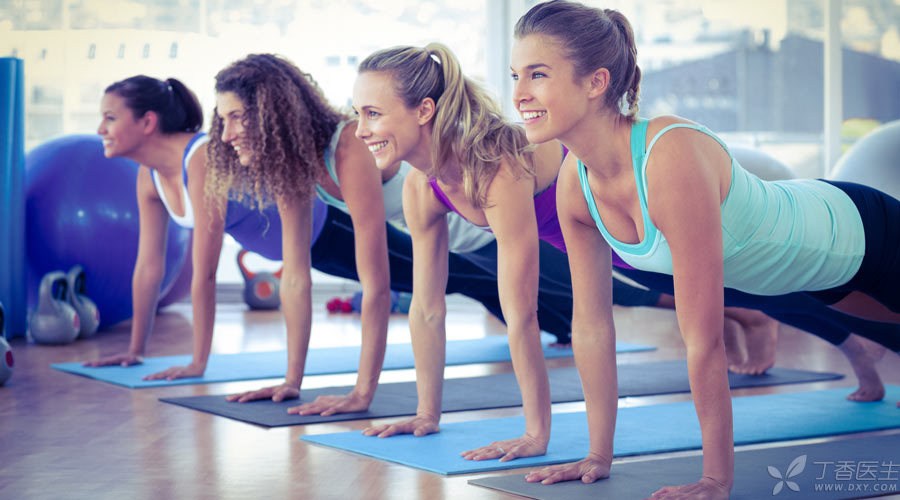
What is a 7-minute exercise?
The 7-minute exercise method is a group of High Intensity Fitness Circuit (HICT) with 12 important movements.
It can effectively exercise the main muscle groups of the body and perfectly combine aerobic training and resistance training. It is time-saving, effective and scientific, and has also been strongly recommended by the American Sports Medical Association (ACSM).
How to complete the 7-minute exercise?
In about 7 minutes, complete 12 movements, each taking 30 seconds and repeating 15-20 times. After completing one action, rest for 10 seconds before starting the next action.
By analogy, after completing all the movements in 7 minutes, you will obviously feel faster breathing and faster heartbeat. According to your personal situation, you can selectively repeat the 7-minute exercise 2-3 times.
The sequence of the 12 movements is very important. It alternately separates the movements using the same group of muscles, giving different muscle groups the opportunity to rest in turn.
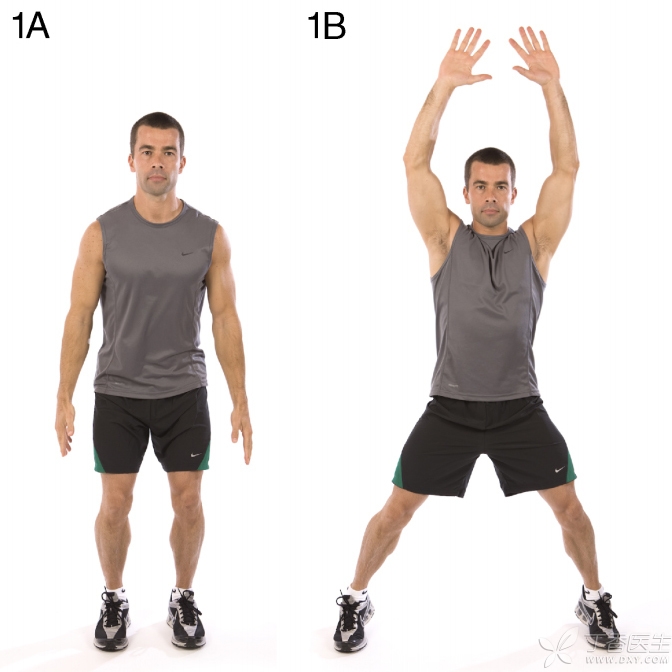
1. Open and close jump (aerobic training)
· Stand upright with your legs together and your hands on both sides of your body
Jump up gently and pat your hands up while your feet are outward (if there is shoulder and neck pain, just lift your hands to the same height as your shoulders)
· After returning to position, the feet merge and the hands return to both sides of the body
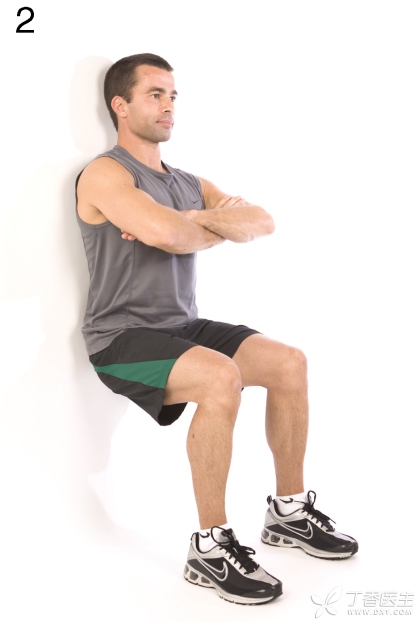
2. Sit in the space chair (resistance training)
· Sit down slowly with your back against the wall
· 90 degrees from the back to the thigh and 90 degrees from the thigh to the lower leg
· Knees should not exceed toes
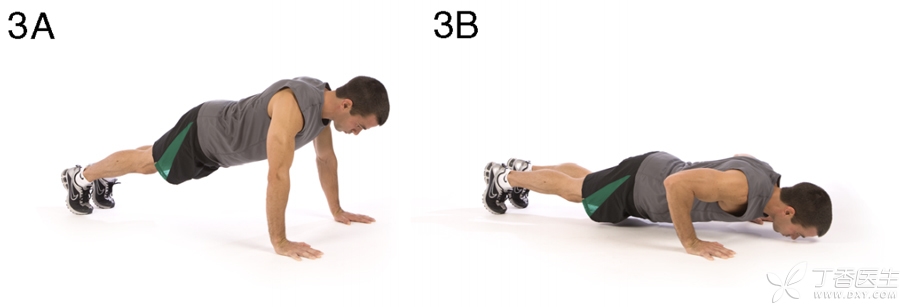
3. Push-ups (Resistance Training)
· Hold your hands on the ground and keep your body in a straight line
· Shoulder joint is lower than elbow joint when pressing down
Girls can kneel if their muscle strength is not enough.
Boys can strengthen chest muscles while girls can bid farewell to accessory breasts and butterfly sleeves.

4. Lie on your back and roll your abdomen (core stable strength training)
Use abdominal muscles to keep the scapula 45 degrees off the ground without sitting up completely (not sit-ups)
The quality of the movement is more important than the quantity. Try to slow down the speed.
Avoid holding your head and pulling your body up with neck strength to avoid cervical spine injury.
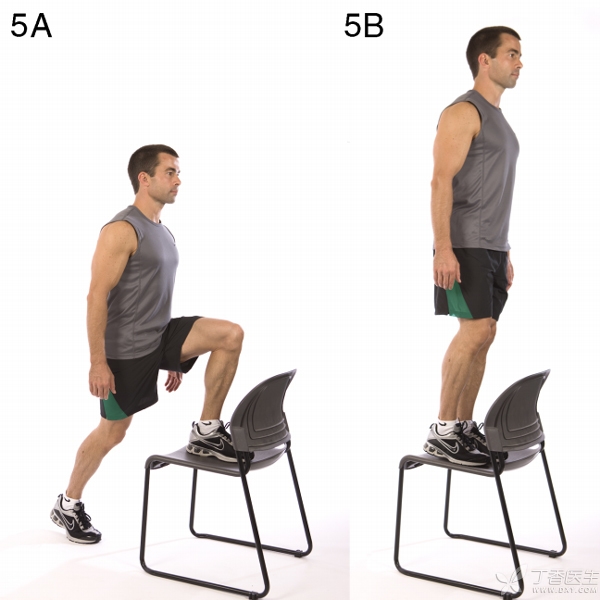
5. Stool stepping (resistance training)
· Step on the chair with one foot, and the body is naturally upward
· Alternate feet
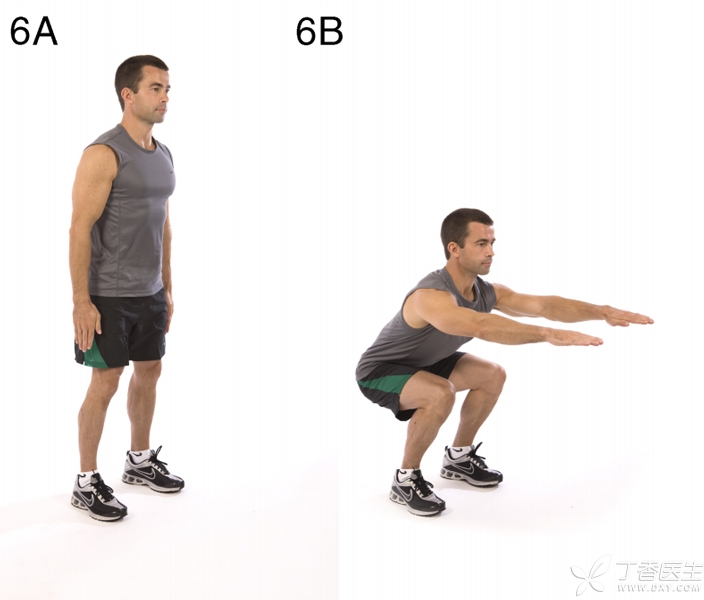
6. Unarmed squat (resistance training)
· Shoulder-wide feet
· Slow hips down and back
· Knees generally do not exceed toes
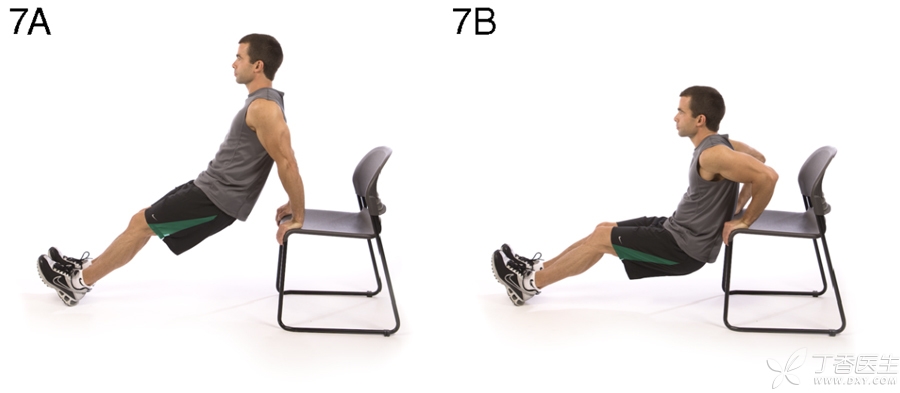
7. Triceps Support (Resistance Training)
· Find a seat with your hands on it and your body back to the seat
· Keep your feet straight and heel to the ground, and your body slowly and naturally descend.
· Elbows bent at 90 degrees
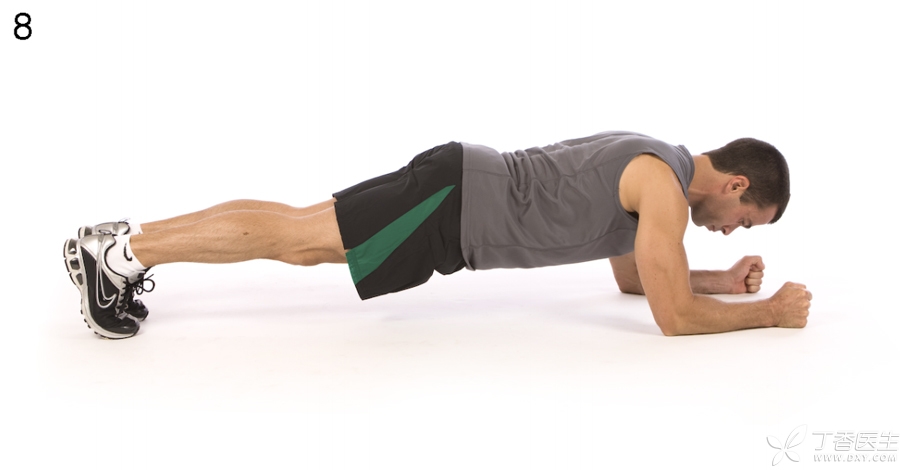
8. Flat support (core stable strength training)
· Elbows on the ground, with elbows at 90 degrees to the ground
· Keep your body in a straight line
· Clamp buttocks and shrink lower abdomen
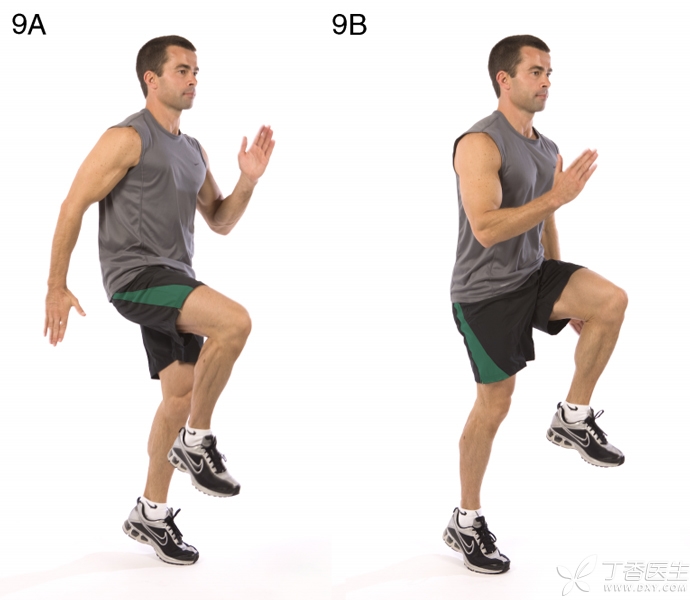
9. High leg lifts in situ (aerobic training)
· Lift your knees up as far as possible and your legs to level
· Upright upper body
· Pay attention to the simultaneous swing arm
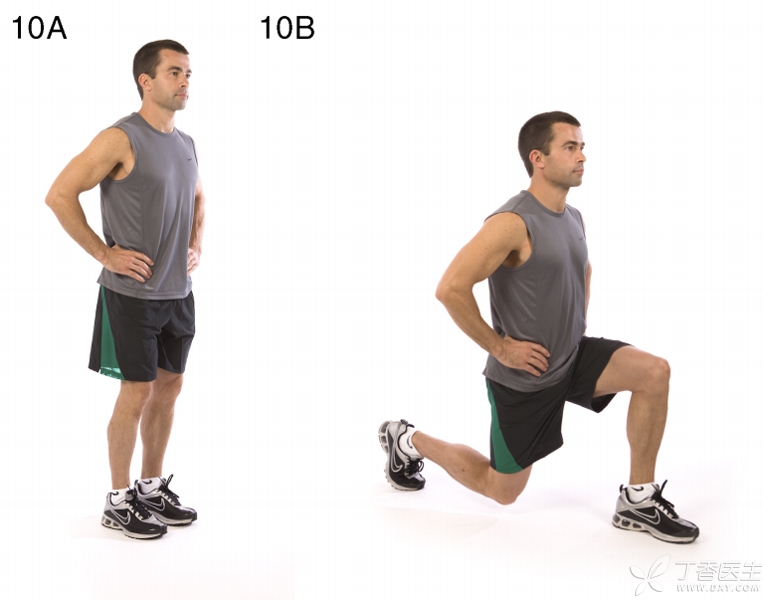
10. Bow and Arrow (Resistance Training)
· Upper body straight, right foot taking a big step forward, body squatting, knees bent at 90 degrees
· Knees should not exceed toes
· Left heel up
· Use forefoot strength to return to position
· Alternate feet
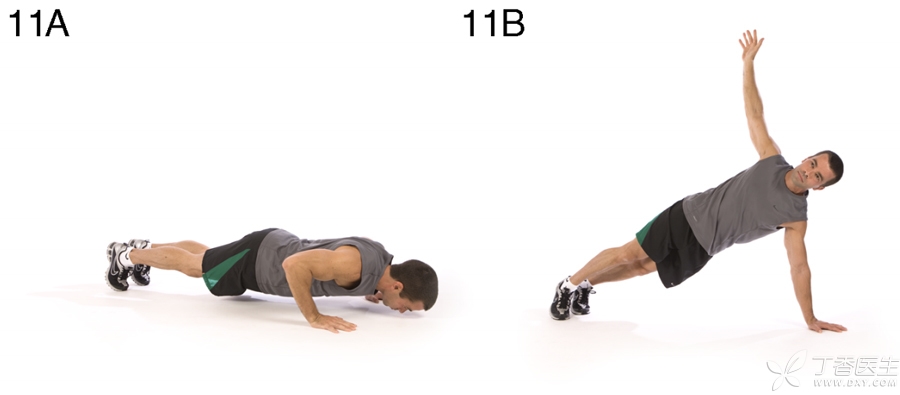
11. T-shaped push-ups (resistance training)
After one push-up, lift one arm and turn to the side in a T-shape.
· Bilateral alternating
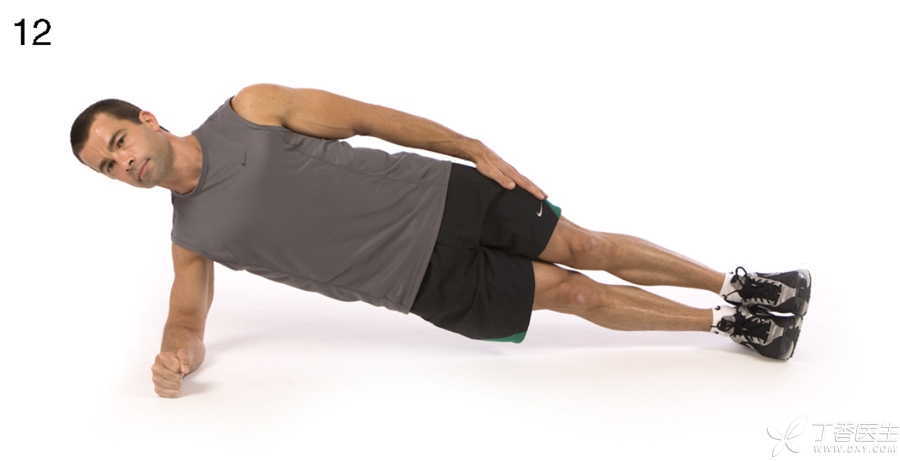
12. Lateral flat support (core stable strength training)
· One-sided elbows and feet on the ground, upper arms perpendicular to the body
· Straight spine and legs
· Tighten the abdomen and buttocks and use the core muscle group to maintain static movement
· Bilateral alternating
Benefits of 7-Minute Exercise
Save time: suitable for the busy life rhythm of modern urbanites.
No space restriction: You only need a chair and use your own weight to complete 12 groups of movements at any time and anywhere.
Low cost: Compared with joining a fitness club, going to a swimming pool and hiring a personal trainer, this group of training is completely zero cost.
· Physical fitness: This group of exercises combines aerobic training, resistance training and core stable strength training. Its benefits include improving cardiopulmonary function and muscle strength, controlling body weight, reducing insulin resistance, and improving skeleton posture.
Safety Precautions
The safety of the movement and the correctness of each posture are the primary keys to this group of training.
Before and after each group of training, it is recommended to carry out appropriate warm-up and soothing exercises.
Control your breathing and avoid holding your breath when completing each movement.
For patients with hypertension and heart disease, it is recommended to skip the three actions of sitting in space chair, flat support and lateral flat support.
